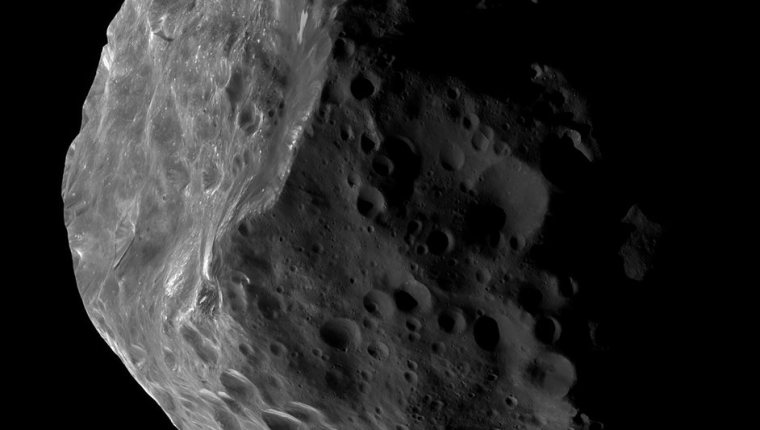Pedro Bernardinelli and Gary Bernstein are the pair of scientists who discovered the largest comet in the solar system, hence the name.
In collaboration with the Dark Energy Survey, the comet Bernardinelli-Bernstein came to light with a diameter of more than 160 kilometers (seven times larger than that of the Moon and Mars) never seen before in recent years.
Crónica.com reports that the body is 160 km wide, while a medium-sized comet is about 10 km in diameter.
Bernardinelli-Bernstein is 20 times the distance from the Earth to the Sun, indicating that it is heading towards our blue dot, and according to scientists, it will reach its closest point to the Sun in its orbit on January 23, 2031. And so on I will have 20 years of practice to study.
This comet first appeared in 2014. Astronomers have confused it with a dwarf planet due to its enormous size.
Then they realized it was more than a black dot, it moved over time. How they monitored this from 2015 to 2018 is the main subject of the investigation.
Astronomer and science journalist Will Gator has published a comparison on his Twitter account that provides an indication of the size of the mega comet approaching the sun, and calculates its size.
In addition, scientists say that this mega comet will take about 5.5 million years to complete its orbit, which appears to be perpendicular to the planes of the planets.
According to scientific research, the megachomet Bernardinelli-Bernstein is currently located at 10.9 astronomical units from the Sun, an astronomical unit the distance between the Sun and the Earth.
Estimates indicate that it will earn its revenue by 2031. But the question is, what if it comes too close to the sun and has an impact on it?
Scientists have not been able to determine what will happen, and their motion is constantly monitored using dark energy survey technology, focusing on understanding what is known as ‘dark energy’, which means little is known and 68% of the universe.
What is estimated is that due to its distance, researchers assume that it will only touch Saturn’s orbit before it decomposes due to the sun’s heat, which is why its impact will be minimal.
Reading @phbernardinelliThis morning’s tweets I tried to get my head on how big a comet Bernardinelli-Bernstein (or C / 2014 UN 271) was.
Here I show a graphic (one edited) NOIRLabAstro Here it is compared to some other solar system objects. pic.twitter.com/sx9MWkavxv
– Will Gator (willgater) September 22, 2021



:quality(85)/cloudfront-us-east-1.images.arcpublishing.com/infobae/P3AVXSVDHJFBTIS4T24UMLKOXM.jpg)

